Home>Interior Design>How To Get Paint Off Glass: 3 Tips Experts Rely On
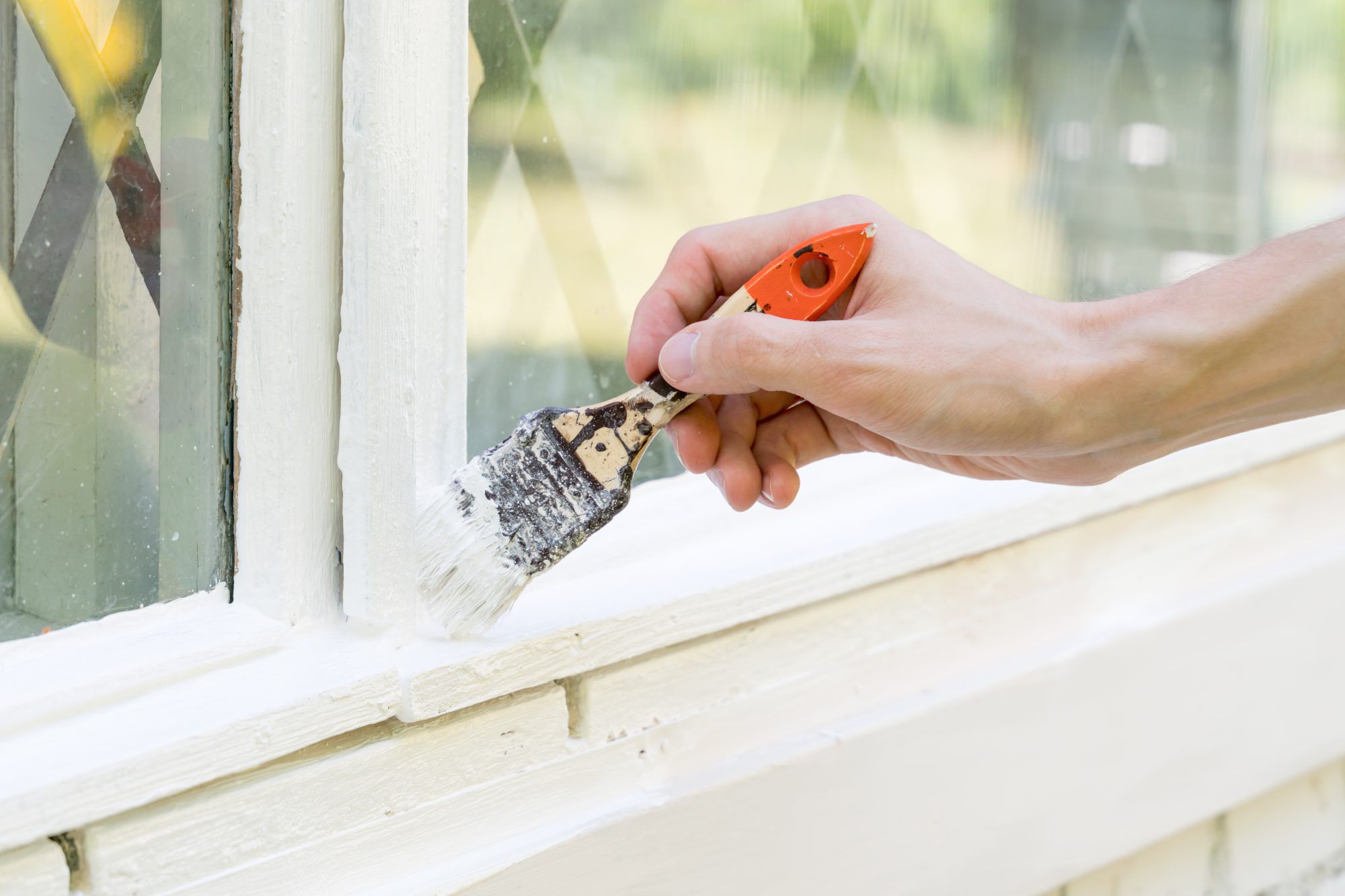

Interior Design
How To Get Paint Off Glass: 3 Tips Experts Rely On
Modified: January 23, 2024
Learn how to easily remove paint from glass with these expert-recommended interior design tips. Say goodbye to stubborn paint stains on your windows and mirrors!
(Many of the links in this article redirect to a specific reviewed product. Your purchase of these products through affiliate links helps to generate commission for Storables.com, at no extra cost. Learn more)
Introduction
When it comes to interior design, every small detail matters. From the choice of furniture to the color scheme, each element contributes to the overall aesthetics of a space. However, accidents can happen, and one common issue that homeowners often face is paint splatters on glass surfaces. Whether it’s a window pane, a glass door, or a mirror, getting paint off glass can be a daunting task if you don’t know the right techniques.
In this article, we will share three expert tips to help you remove paint from glass surfaces effectively. These tips have been tried and tested by interior design professionals who understand the importance of maintaining a clean and pristine appearance in their projects. So, if you find yourself in a situation where paint has found its way onto your glass surfaces, don’t panic. With the right tools and methods, you can easily restore the beauty of your glass and achieve a flawless finish.
Key Takeaways:
- Easily remove paint from glass surfaces with vinegar and water solution, rubbing alcohol, or a razor blade. Restore the pristine beauty of your glass with these expert tips.
- Don’t panic when paint splatters on your glass surfaces. Use eco-friendly vinegar, versatile rubbing alcohol, or precise razor blade techniques to achieve a flawless finish.
Tip 1: Use Vinegar and Water Solution
When it comes to removing paint from glass surfaces, one of the most effective and eco-friendly solutions is a mixture of vinegar and water. Both vinegar and water are readily available in most households, making this method convenient and cost-effective.
To create the vinegar and water solution, you will need to mix equal parts of white vinegar and water in a spray bottle. Once the solution is prepared, follow these steps:
- Start by spraying the vinegar and water solution directly onto the painted area of the glass.
- Allow the solution to sit on the paint for a few minutes. This will help loosen the bonds between the paint and the glass surface.
- Using a cloth or a non-abrasive sponge, gently scrub the paint in circular motions. Be careful not to apply too much pressure as this could scratch the glass.
- Continue scrubbing until the paint starts to lift off the glass. You may need to reapply the solution and repeat the process for stubborn paint stains.
- Once the paint is removed, rinse the glass surface thoroughly with clean water to remove any residue.
- Finally, dry the glass with a clean, lint-free cloth to achieve a streak-free finish.
The acetic acid in vinegar helps to break down the paint, making it easier to remove. Additionally, vinegar is non-toxic and safe to use on glass surfaces, making it a popular choice among environmentally conscious individuals.
However, it’s essential to note that this method may not be suitable for all types of paint. If you’re dealing with oil-based or stubborn paint, you may need to try alternative methods or seek professional assistance.
Tip 2: Try Rubbing Alcohol
If the vinegar and water solution doesn’t quite do the trick, another effective method to remove paint from glass surfaces is by using rubbing alcohol. Rubbing alcohol, also known as isopropyl alcohol, is a versatile solvent that can dissolve various types of substances, including paint.
To use rubbing alcohol to remove paint from glass, follow these steps:
- Dampen a clean cloth with rubbing alcohol.
- Place the cloth directly onto the painted area of the glass.
- Allow the cloth to sit on the paint for a few minutes, allowing the rubbing alcohol to penetrate and loosen the paint.
- Gently scrub the paint using circular motions with the cloth. Apply light pressure and continue scrubbing until the paint starts to lift off.
- Wipe away any residue left by the paint with a clean cloth.
- Rinse the glass surface with water to remove any remaining traces of rubbing alcohol.
- Dry the glass with a lint-free cloth to achieve a streak-free finish.
Rubbing alcohol is known for its ability to dissolve and remove substances, including paint. However, it is essential to test a small, inconspicuous area of the glass surface before applying it to the entire painted area. Some glass surfaces may be coated or treated with materials that could be damaged by rubbing alcohol.
As an alternative, you can also use nail polish remover containing acetone, which has similar properties to rubbing alcohol. However, exercise caution and ensure the nail polish remover is safe to use on glass surfaces.
Remember to always work in a well-ventilated area when using rubbing alcohol or nail polish remover, as the fumes can be strong.
Use a razor blade to carefully scrape off dried paint from glass. Hold the blade at a 45-degree angle and apply gentle pressure to avoid scratching the surface.
Tip 3: Utilize a Razor Blade
If the paint on the glass surface is particularly stubborn or has dried for an extended period, using a razor blade can be an effective method to remove it. This technique requires careful handling to avoid scratching the glass, so it’s important to exercise caution and follow these steps:
- Start by wetting the painted area of the glass with a few drops of soapy water or a glass cleaner. This will help lubricate the surface and prevent the razor blade from scratching the glass.
- Hold the razor blade at a slight angle against the glass and gently scrape away the paint. Use light and controlled strokes, being careful not to apply excessive pressure.
- Periodically wipe away any paint residue from the razor blade with a cloth or paper towel.
- Continue scraping and wiping until the paint is completely removed from the glass surface.
- Once the paint is removed, clean the glass with a glass cleaner to remove any remaining residue.
- Lastly, dry the glass with a clean, lint-free cloth to achieve a streak-free finish.
Using a razor blade requires precision and a gentle touch to ensure that the glass surface remains unharmed. It’s crucial to use a new, sharp razor blade for optimal results. If the blade becomes dull or damaged during the process, replace it with a fresh one to avoid scratching the glass.
This method is most effective for removing dried, hardened paint from glass surfaces. However, exercise caution and avoid using a razor blade on delicate or coated glass, as it may cause damage. If you’re unsure about the type of glass or concerned about potential damage, it’s best to consult a professional for assistance.
Conclusion
Removing paint from glass surfaces doesn’t have to be a daunting task. With the right techniques and a little patience, you can restore the beauty of your glass and achieve a pristine finish. In this article, we’ve shared three expert tips to help you remove paint from glass:
- Using a vinegar and water solution is a cost-effective and eco-friendly method that can effectively break down paint and restore the glass’s clarity.
- Rubbing alcohol or nail polish remover containing acetone is another effective solvent that can dissolve and remove paint from glass surfaces.
- Utilizing a razor blade, when done carefully and with precision, can be an effective method to remove stubborn or dried paint from glass.
Remember, before attempting any paint removal method, it’s essential to test a small, inconspicuous area of the glass surface to ensure compatibility and avoid any potential damage. If you’re unsure about the type of glass or concerned about potential risks, seeking professional assistance is always a wise choice.
By following these expert tips and techniques, you can confidently tackle any paint mishap on your glass surfaces. Remember to work carefully, be patient, and always prioritize the safety of yourself and the glass during the removal process.
So, next time you encounter the challenge of paint on your glass, don’t fret. Armed with the knowledge and tools described in this article, you can restore the clarity and beauty of your glass surfaces and continue enjoying a well-designed interior space.
Frequently Asked Questions about How To Get Paint Off Glass: 3 Tips Experts Rely On
Was this page helpful?
At Storables.com, we guarantee accurate and reliable information. Our content, validated by Expert Board Contributors, is crafted following stringent Editorial Policies. We're committed to providing you with well-researched, expert-backed insights for all your informational needs.
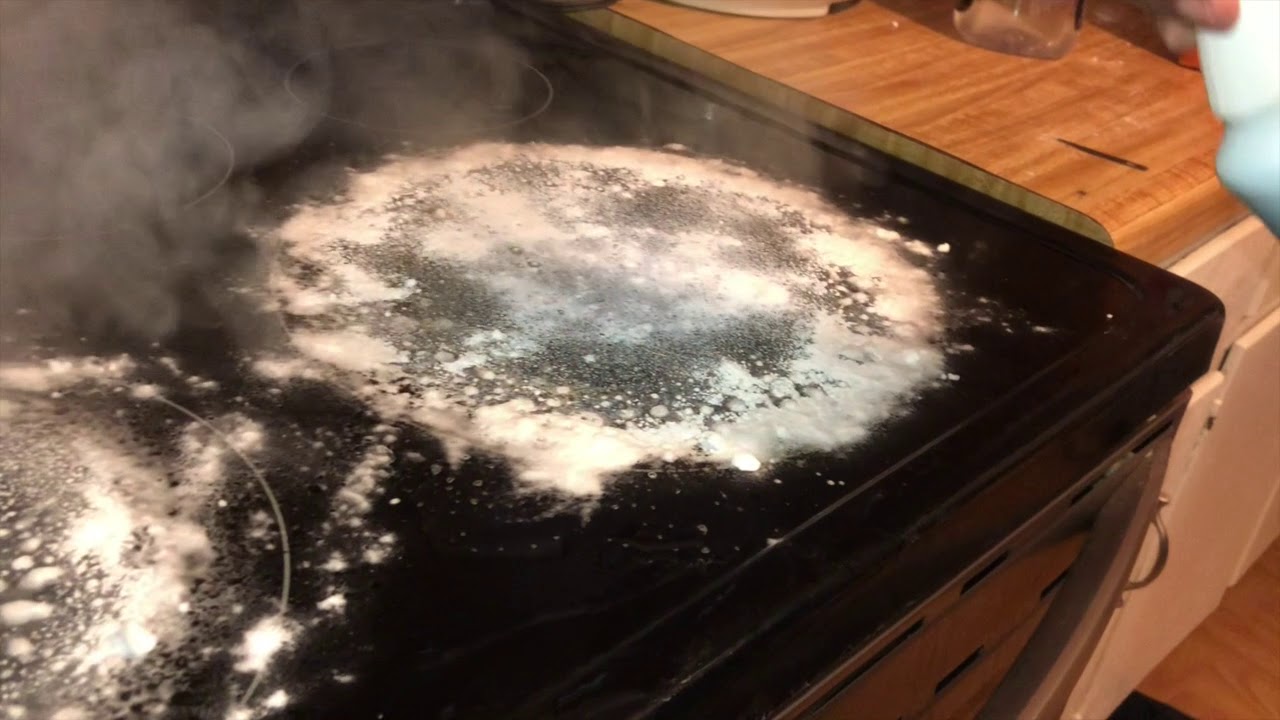
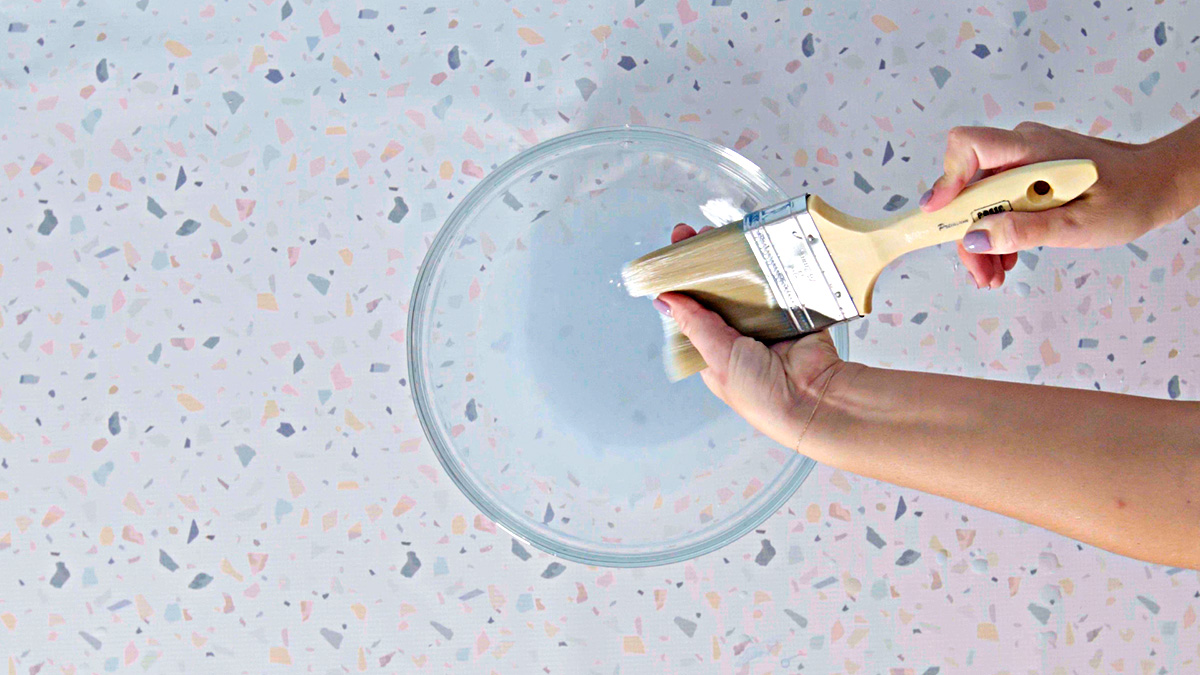
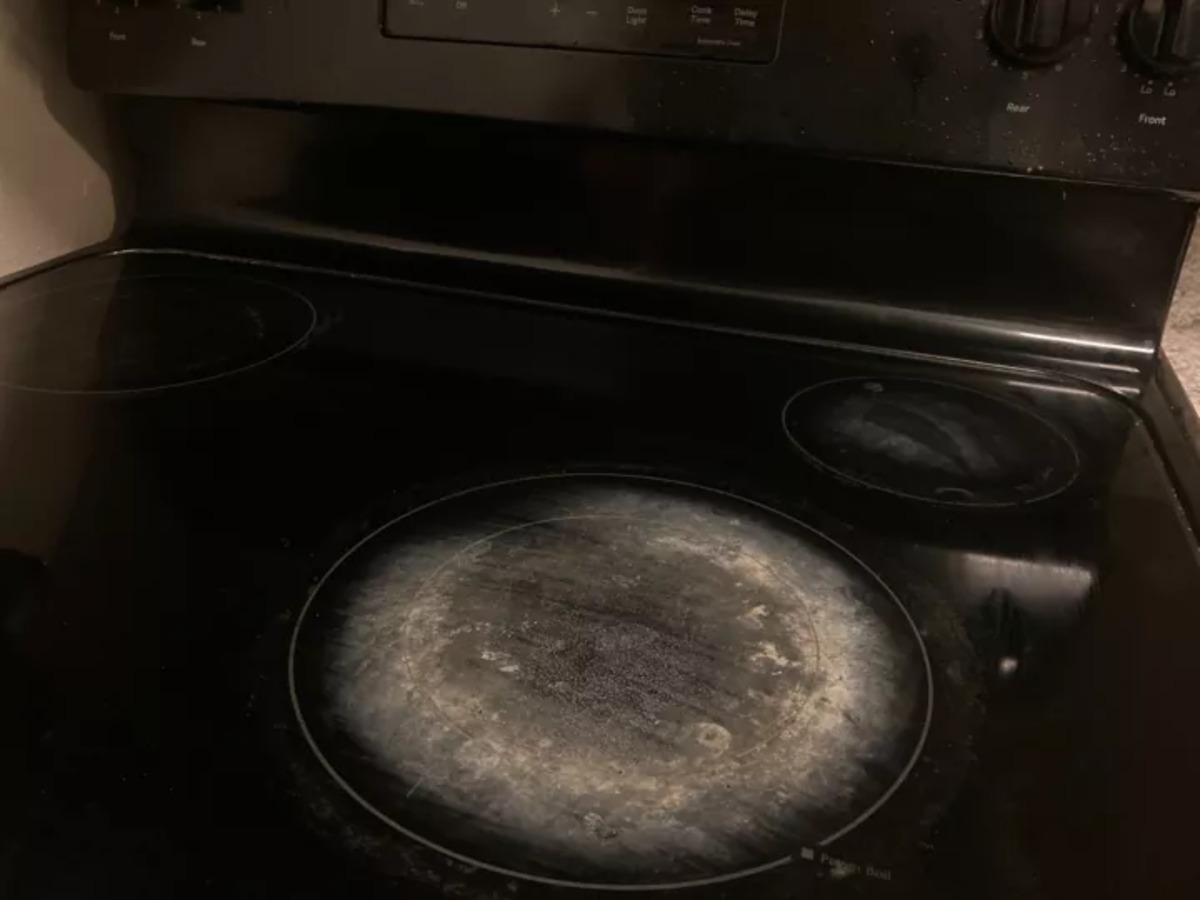
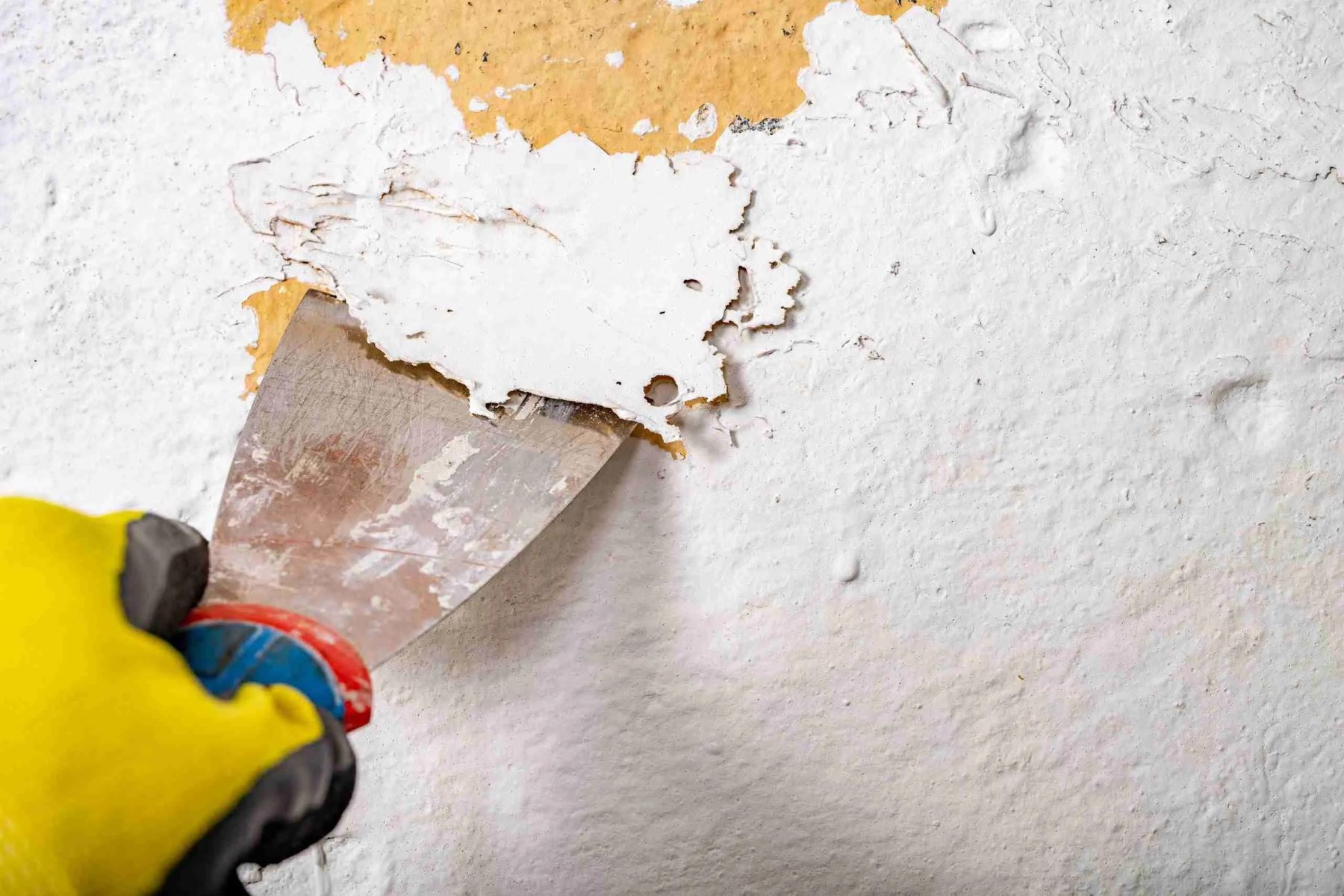
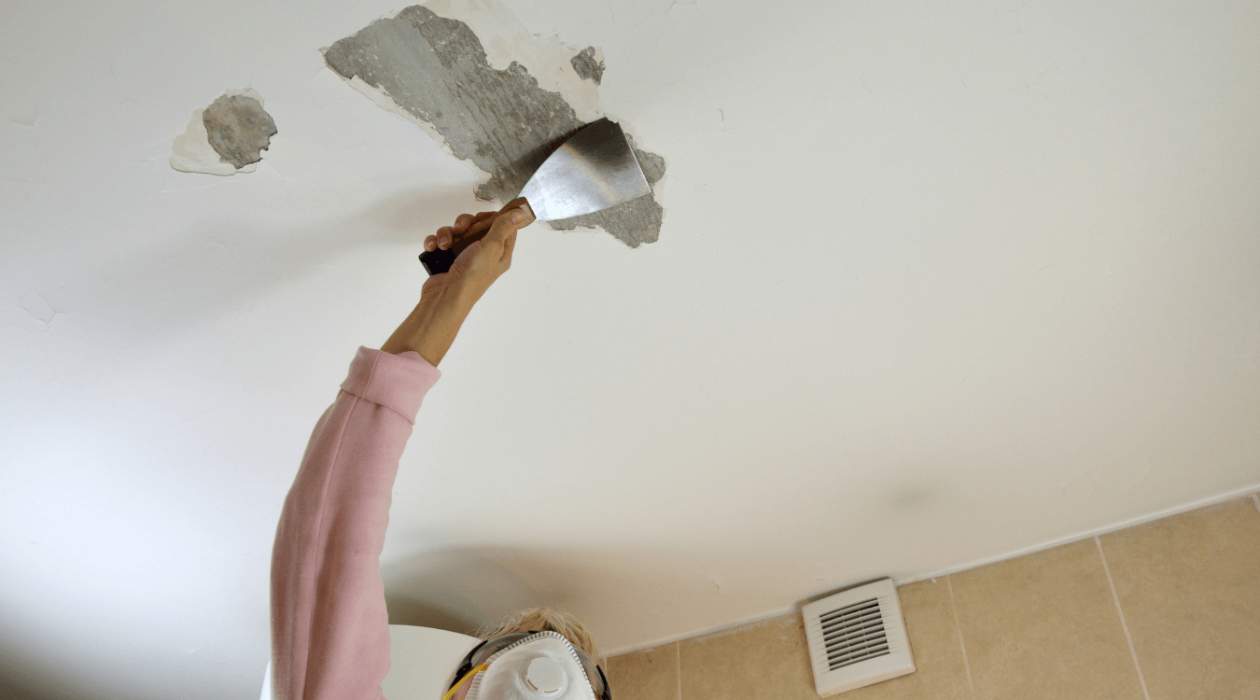
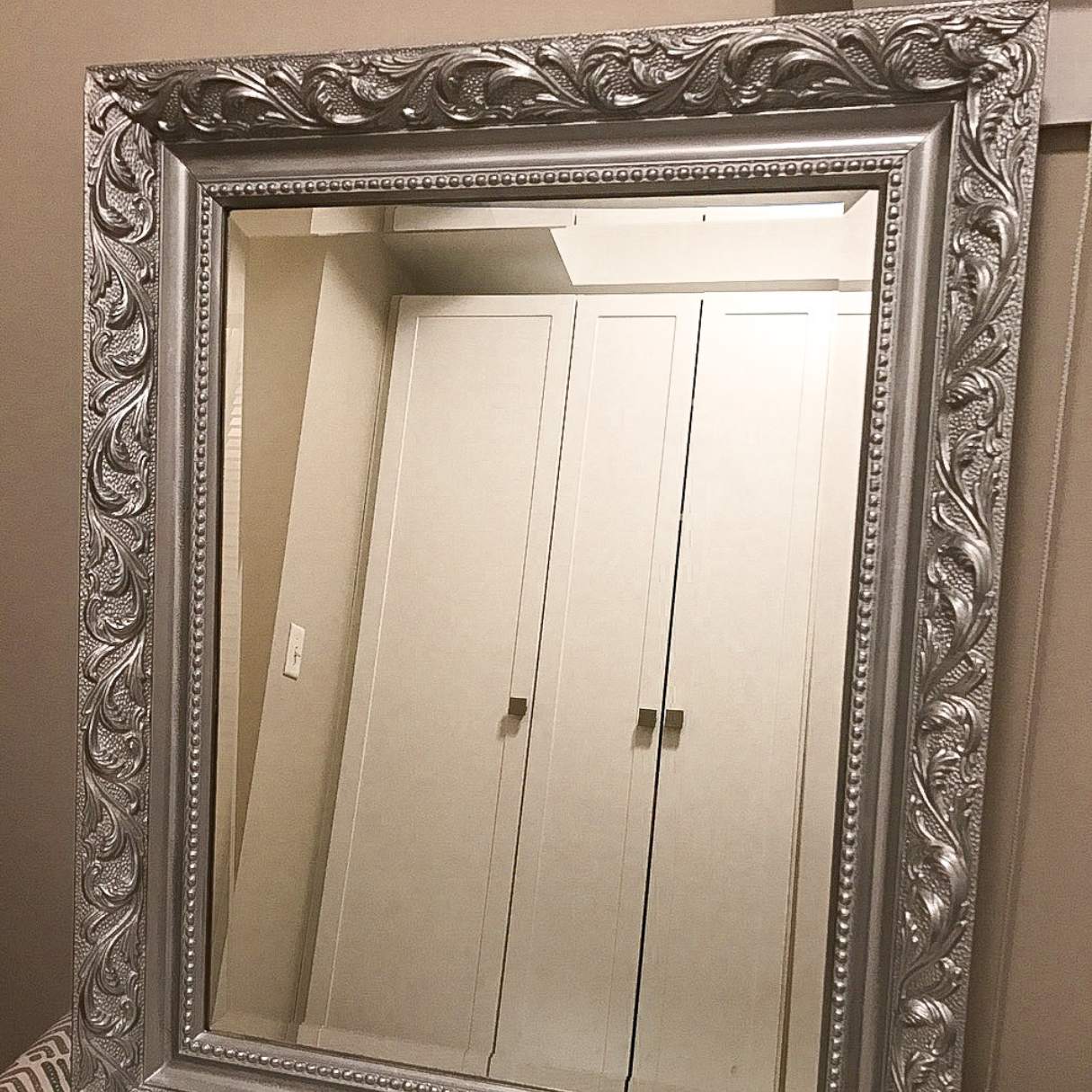
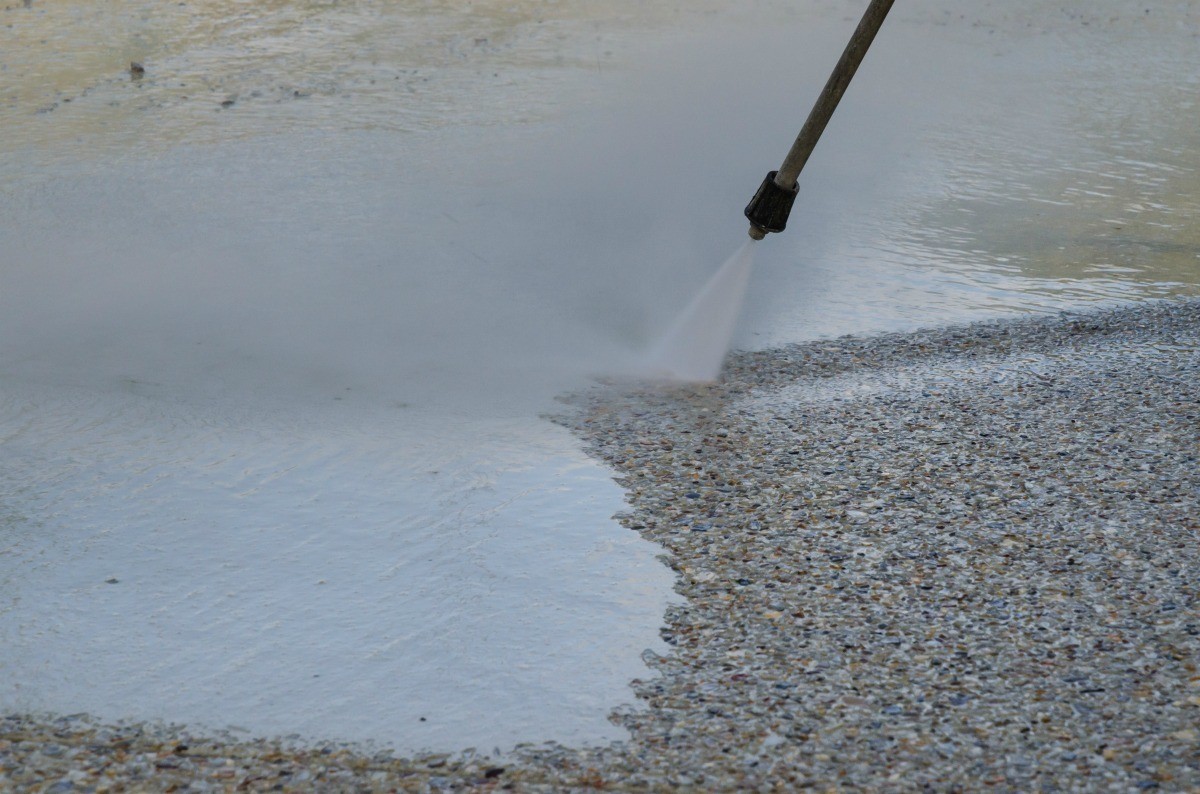

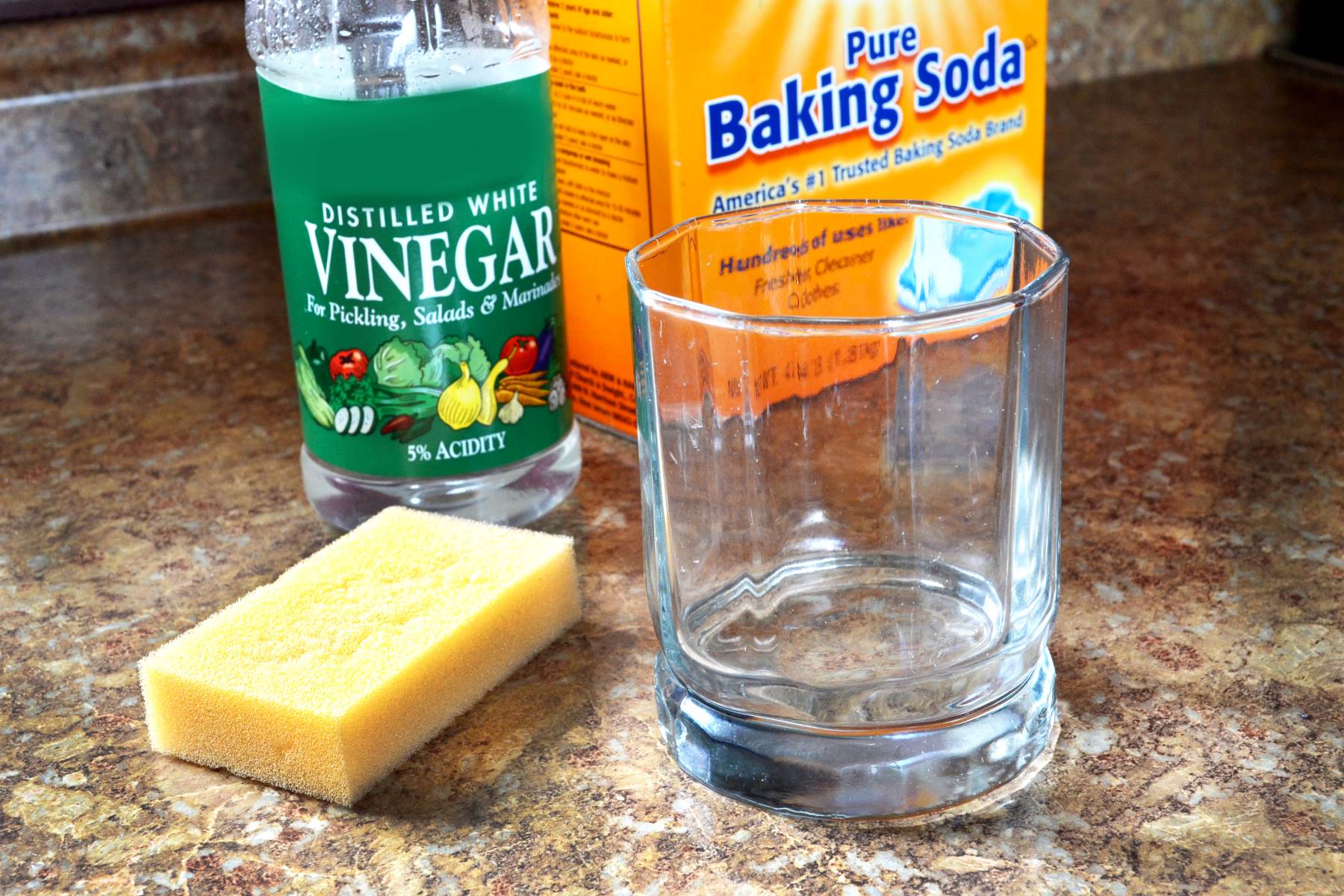
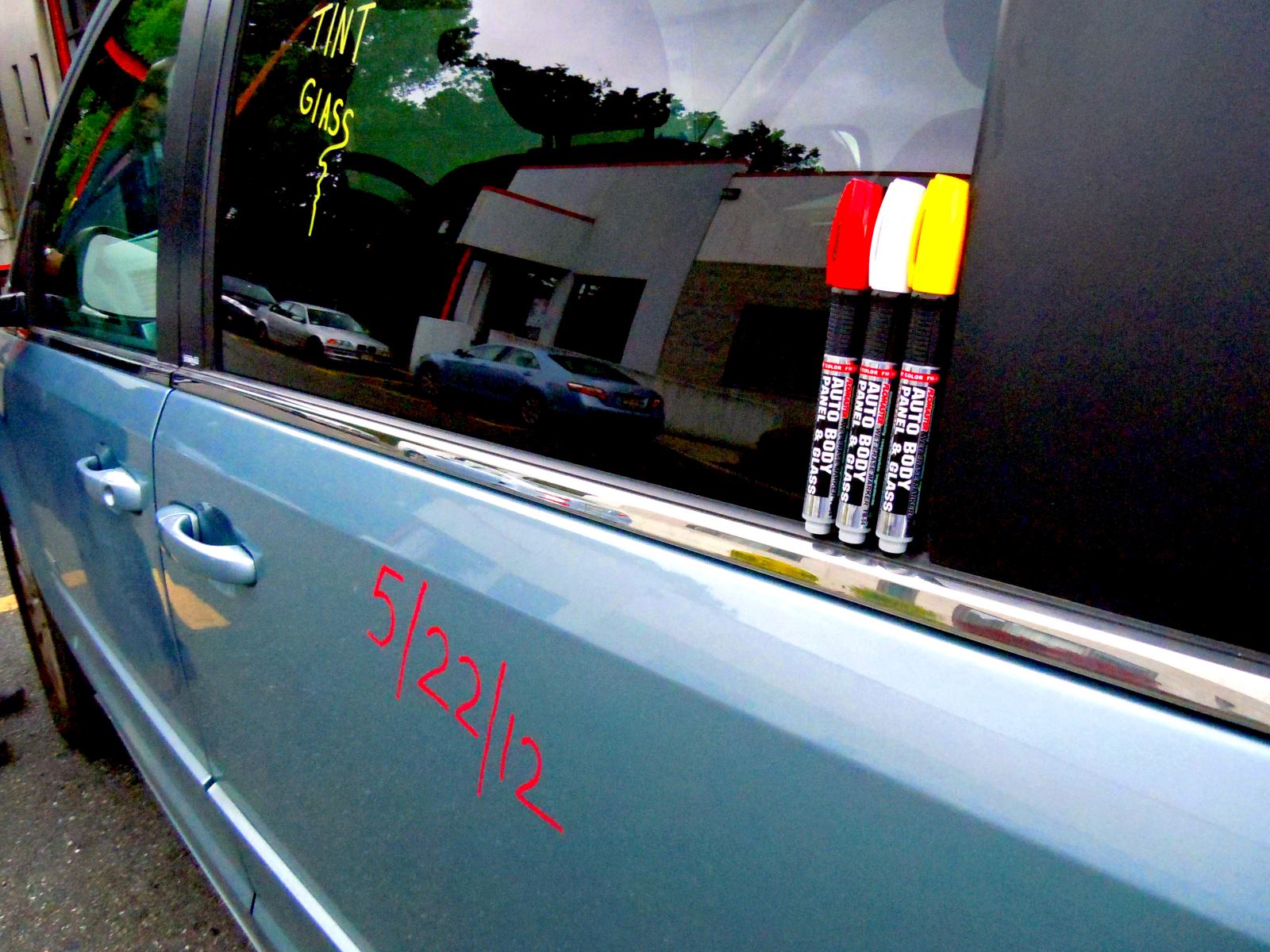
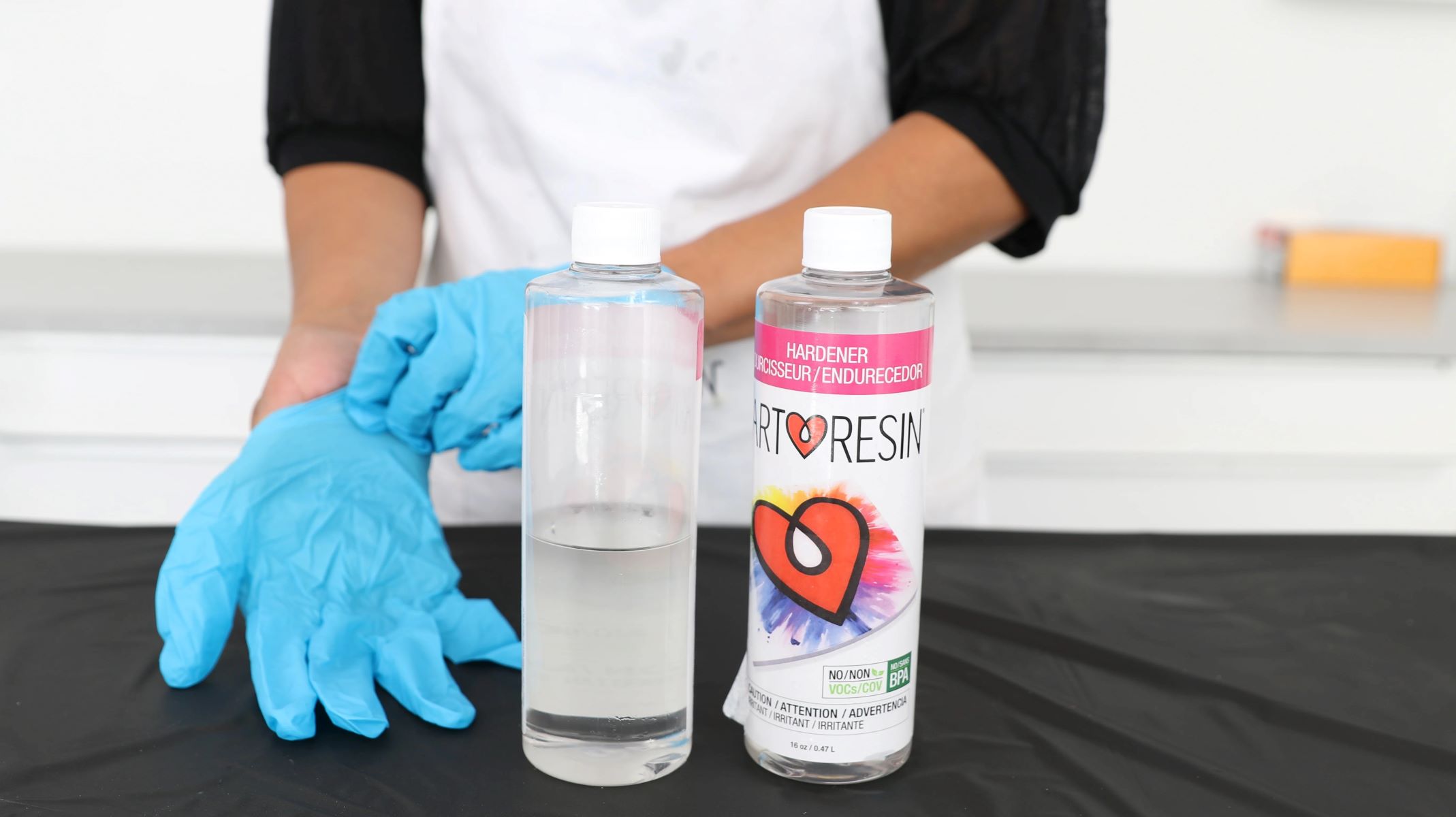
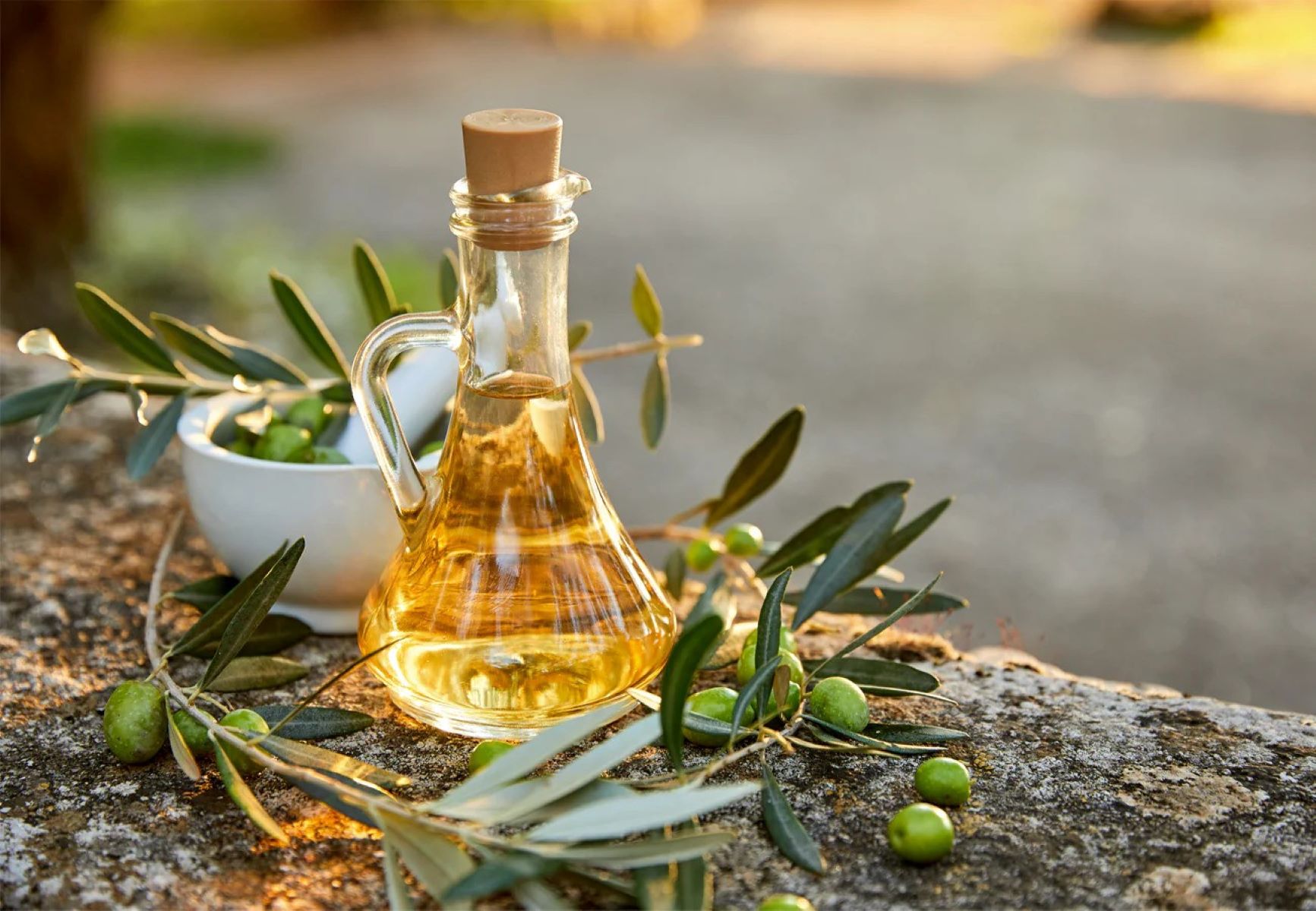
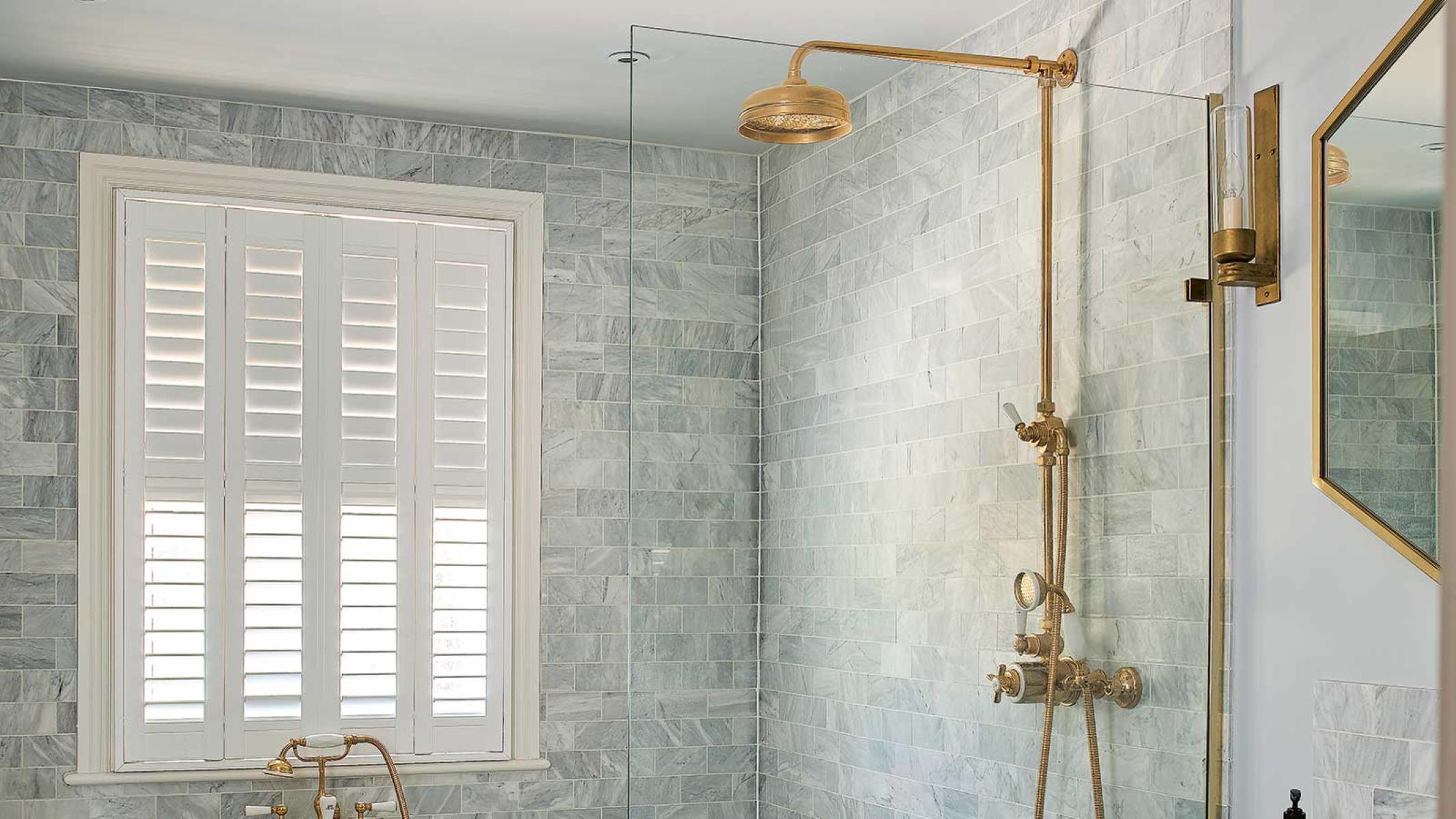
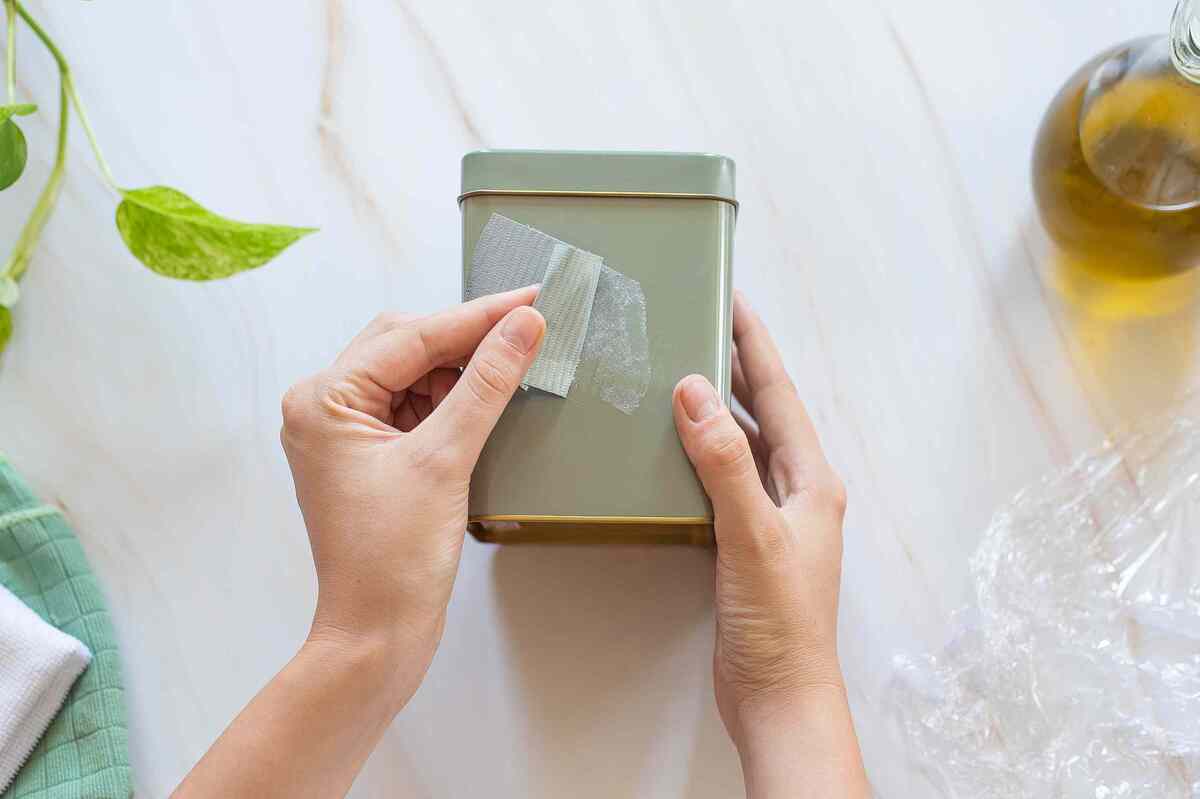

0 thoughts on “How To Get Paint Off Glass: 3 Tips Experts Rely On”